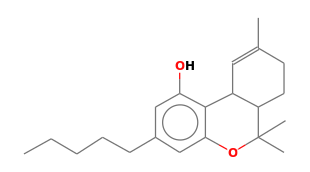
Understanding the Origins and Evolution of Dronabinol
Dronabinol is the International Non-proprietary Name (INN) for delta-9-tetrahydrocannabinol (Δ⁹-THC), the main psychoactive component of cannabis. Despite frequent references to dronabinol as “synthetic THC,” it is simply THC – regardless of how it is produced. Both organically derived and synthetically manufactured versions are chemically identical: (–)-trans-delta-9-tetrahydrocannabinol.
THC has been used by humans for millennia, extracted from the Cannabis sativa plant for medicinal, industrial, and spiritual purposes. The compound’s formal recognition as dronabinol began with its naming under the World Health Organisation’s INN system, which standardises names for active pharmaceutical substances.
History of Scheduling in the UK
Dronabinol was legally reclassified in the UK in 1995. Prior to this, it was listed as a Schedule 1 drug under the Misuse of Drugs Regulations, meaning it had no recognised medical value and could not be prescribed. That changed with Statutory Instruments 2047 and 2048 of 1995, which moved dronabinol to Schedule 2, acknowledging its therapeutic value and enabling it to be prescribed without a Home Office licence.
However, confusion arose again in 2018 when new regulations paradoxically stated that dronabinol "does not include any substance... derived from cannabis, cannabis resin or their constituents". This wording directly contradicts the scientific and international consensus that dronabinol is the naturally occurring Δ⁹-THC in cannabis.
Dronabinol: Organic, Synthetic – or Both?
One of the most persistent misconceptions is that dronabinol only refers to synthetic THC. This is not true. According to the European Monitoring Centre for Drugs and Drug Addiction (EMCDDA) and the World Health Organisation (WHO), dronabinol is simply another name for delta-9-THC, regardless of its source.
For example:
- Sativex, a licensed cannabis-based medicine, contains THC (dronabinol) and CBD extracted directly from the plant.
- The WHO has stated that Dutch medical cannabis is measured for consistent levels of dronabinol, showing its recognition as a plant-derived compound .
- The active THC in herbal cannabis (e.g., Bedrocan products) is, chemically, dronabinol.
In short, synthetic and botanical forms of THC are chemically identical. They share the same molecular structure, pharmacological effects, and international classification.
Why not just call it THC?
In clinical and pharmaceutical contexts, drugs are referred to by their INN – in this case, dronabinol. Just as we refer to heroin by its proper name, diamorphine, we should refer to THC in medicinal settings as dronabinol. It removes ambiguity, aligns with WHO norms, and supports safe prescribing.
Referring to medical cannabis products as simply “THC” can lead to confusion between recreational and therapeutic contexts. The INN system was created to prevent this exact problem.
The Path Forward
Despite WHO and EMCDDA guidance, UK law and prescribing practices continue to be inconsistent. The CTA and others recommend the following:
- Recognise that dronabinol applies to both synthetic and plant-derived THC.
- Use 'dronabinol' in clinical and legal settings to align with international norms.
- Update UK Misuse of Drugs Regulations to reflect accurate scientific definitions.
References
- European Monitoring Centre for Drugs and Drug Addiction (EMCDDA). - Cannabis Drug Profile. Retrieved from www.euda.europa.eu
- World Health Organisation (WHO). - The Use of Stems in the Selection of International Non-proprietary Names (INN) for Pharmaceutical Substances (2018). WHO/EMP/RHT/TSN/2018.102
- World Health Organisation (WHO). - Delta-9-tetrahydrocannabinol – Critical Review (2018). 41st Expert Committee on Drug Dependence
- World Health Organisation (WHO). - Cannabis and Cannabis Resin – Critical Review (2018). 41st Expert Committee on Drug Dependence
- Drug Science Report. - Cannabis and Cannabis Resin: Pre-Review Report for the WHO Expert Committee on Drug Dependence (2016)
- Leslie A. King. - Forensic Chemistry of Substance Misuse:A Guide for Forensic Scientists (2009). Royal Society of Chemistry
- Statutory Instrument 1995 No. 2047. - The Misuse of Drugs (Designation) (Variation) Order 1995
- Statutory Instrument 1995 No. 2048. - The Misuse of Drugs (Amendment) Regulations 1995
- The Misuse of Drugs Regulations 2001 (as amended). - Including 2018 changes referencing the exclusion of cannabis-derived dronabinol
- Sativex Consumer Medicine Information(Australia/New Zealand and UK Editions). - Contains product details of Sativex, a botanical cannabis medicine containing THC and CBD
Published 16th April 2025





